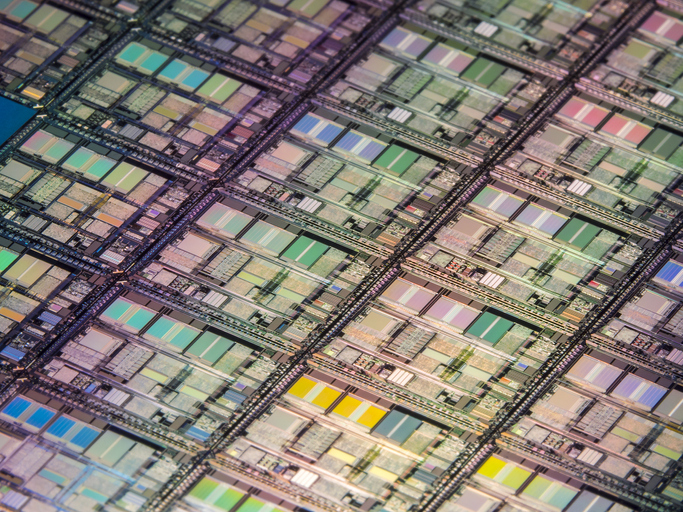
Beijing still wants to produce super-advanced semiconductors, but its subsidy program hasn’t worked out the way it hoped.
The Chinese government is rethinking its subsidy program for its semiconductor industry.
So says Bloomberg, which has an interesting story out today on the matter. “Top officials are discussing ways to move away from costly subsidies that have so far borne little fruit and encouraged both graft and American sanctions,” Bloomberg reports.
Here’s more:
Xi’s administration grew frustrated that tens of billions of dollars funneled into the industry over the past decade haven’t produced breakthroughs that allow China to compete with the US on a more equal footing. In fact, SMIC and Yangtze, arguably the two most advanced Chinese semiconductor players, were crippled by US sanctions.
Senior Beijing officials ordered a flurry of anti-graft probes into top industry figures last summer, blaming corruption for wasted and inefficient investment. The Big Fund (the National Integrated Circuit Industry Investment Fund, set up in 2014, that has supplied billions in capital to many Chinese chip companies) is likely to lose its stature as a result, the people said.
This, as mentioned in the above quote, is taking place against the backdrop of significantly more aggressive U.S. industrial policy, meant to encourage domestic capital investment in chip manufacturing; and export controls, which are meant to choke off China’s access to advanced chipmaking equipment. The U.S. government has gotten the Japanese and Dutch governments to tentatively agree to participate in what amounts to a ban, which is important because some of those key equipment makers are Japanese and Dutch.
China’s government, as we’ve observed before, aren’t taking any of this lying down. Even as it reconsiders its subsidies, the Chinese government is still intensely interested in achieving self-reliance so it can make its own chips needed for things like super computers and weapons platforms. And to that end, one of its own companies, Huawei, recently patented a component needed to build the extreme ultraviolet lithography machines used to build the most high-end semiconductors. Those machines are currently only made by ASML, located in the Netherlands, where the government is on board with the U.S. export ban, so developing Chinese-made machines would be a huge deal. But Huawei only patented a step, not the entire process, and it took ASML years and billions of dollars and 17 years to develop those machines. So it will likely take significantly more time and expense before Huawei completes its breakthrough.
Will that be possible to achieve without the enormous spigot of capital support, the one the Chinese government currently has on pause? The Bloomberg story says China’s plans are in flux (read the story, it’s good). It will be interesting to see what Beijing plans to do next to push its semiconductor makers forward.
